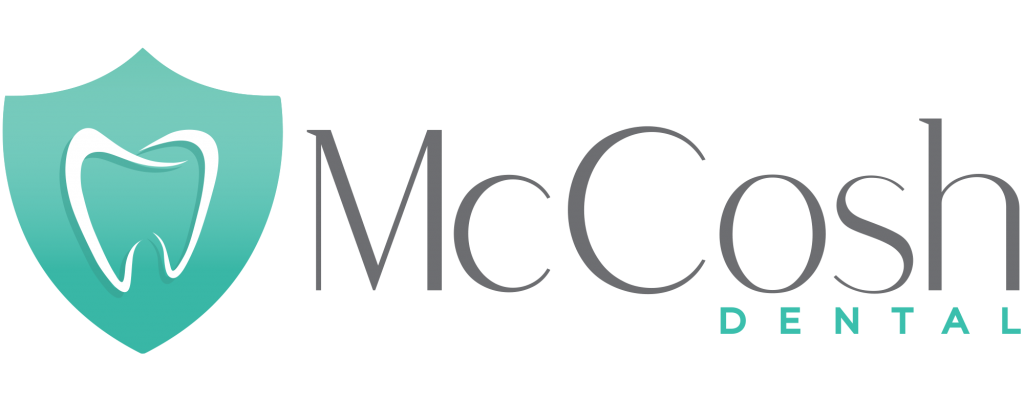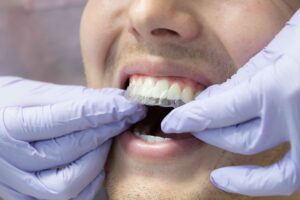Most people develop two sets of teeth during their lifetime: Their primary or baby teeth and their permanent or adult teeth. Both are important to their oral development.
Beginning several months to a few years after they are born, most children will develop 20 primary teeth, 10 on the top jaw and 10 on the lower jaw.
These serve a dual function. First, they do the same thing as adult teeth: They help the child chew food and pronounce words properly. Second, they serve as placeholders for the permanent teeth in the jaws.
Permanent Teeth
At about age 6 or 7, most children will begin to grow the first of what eventually will be 32 permanent teeth, 16 on each jaw. The full set of permanent teeth, including the wisdom teeth, will grow as the child matures, ending sometime between the ages of 17 and 21 for most people.
How these teeth develop and grow in depends on a number of different factors, including genetics, nutrition, and the amount of oral health care the child has during tooth development. In many instances, children’s teeth can grow in crooked, damaged, or misshapen. Identifying these types of children’s oral health issues early can help prevent bigger problems later.
Make Your Child’s Dental Appointment Now
In most cases, children should see their dentist at least once per year. This is especially important by the time they reach the age of 13 when 28 or their 32 permanent teeth are already grown in.
The last of the permanent teeth to appear are wisdom teeth, also known as third molars. In some cases, children who already have straight teeth may experience crooked teeth as a result of the wisdom teeth pushing the other teeth as they grow in.
Avoid future dental problems for your children by making their dental appointment as early as possible. Plus, make regular dental visits a normal part of their childhood so that they will continue to take their oral health seriously as they mature into responsible adults.



